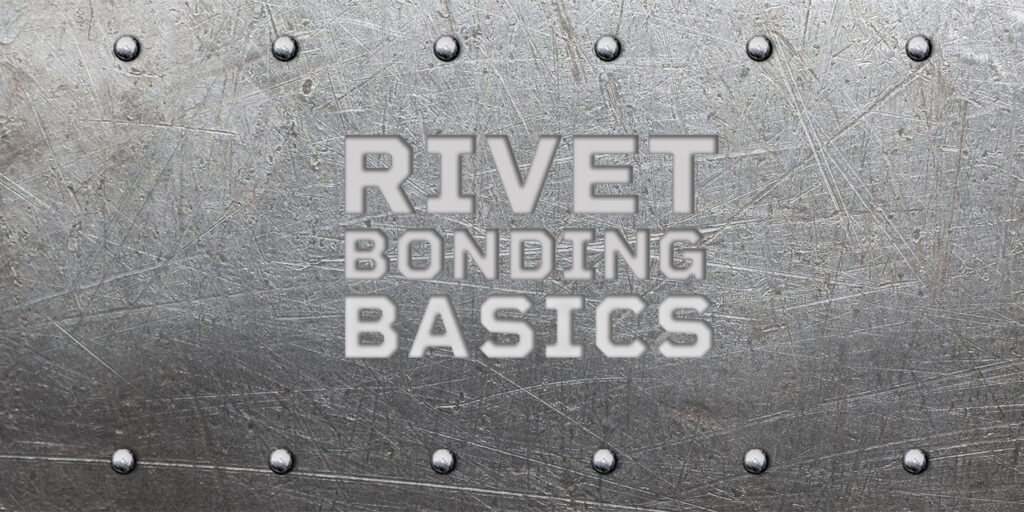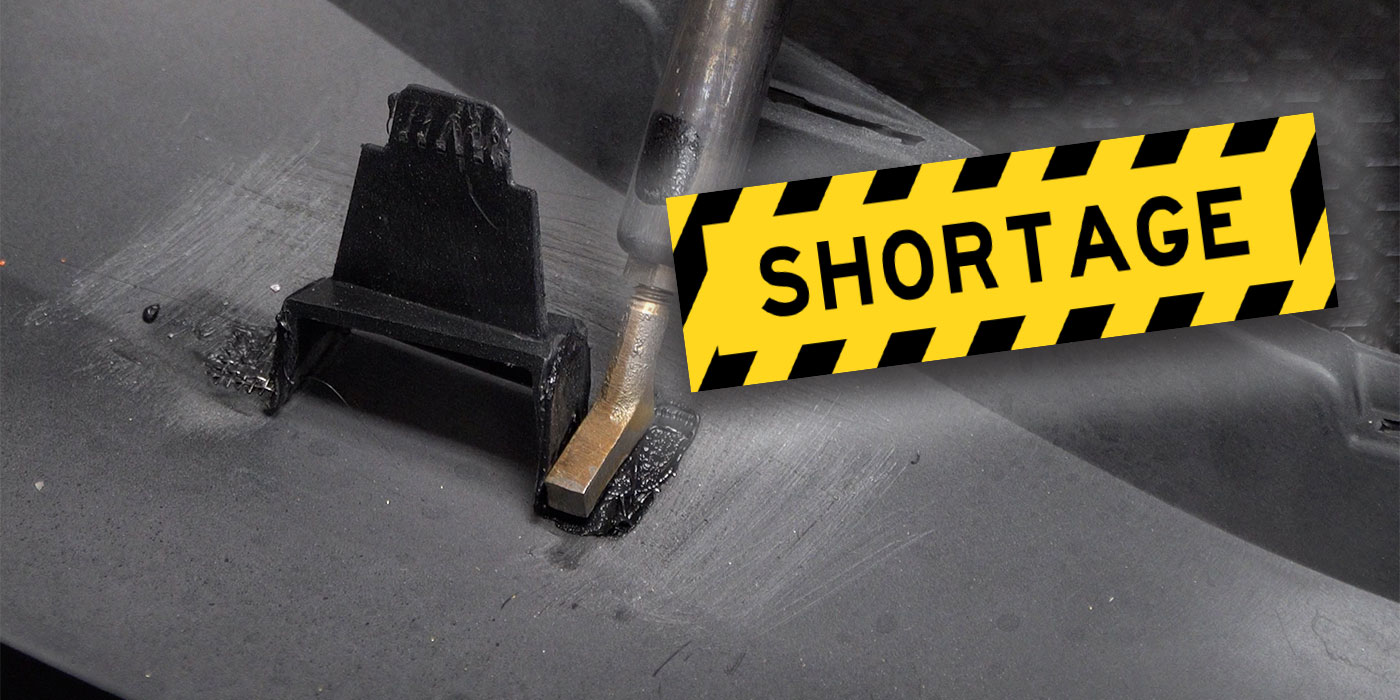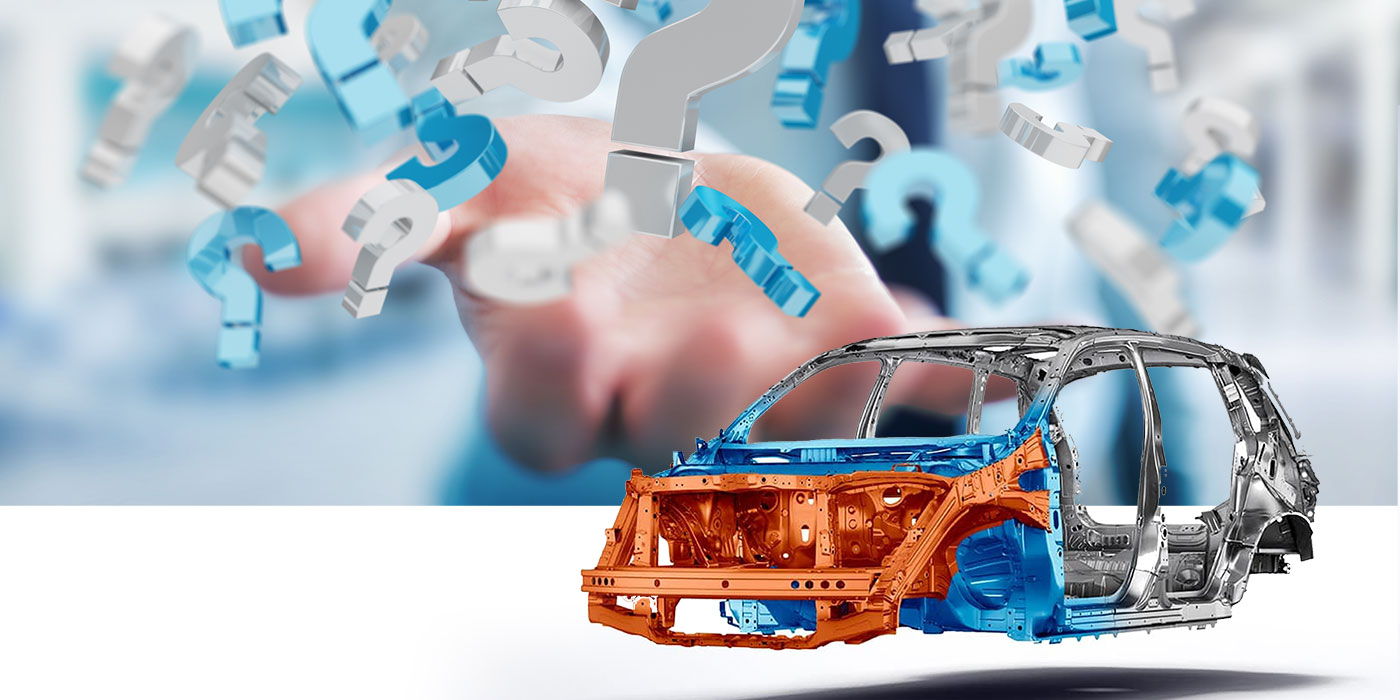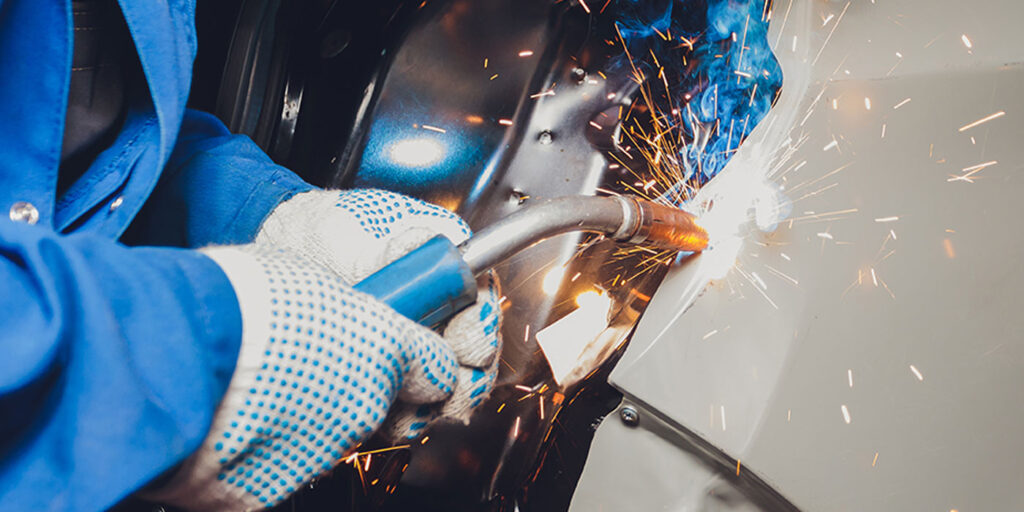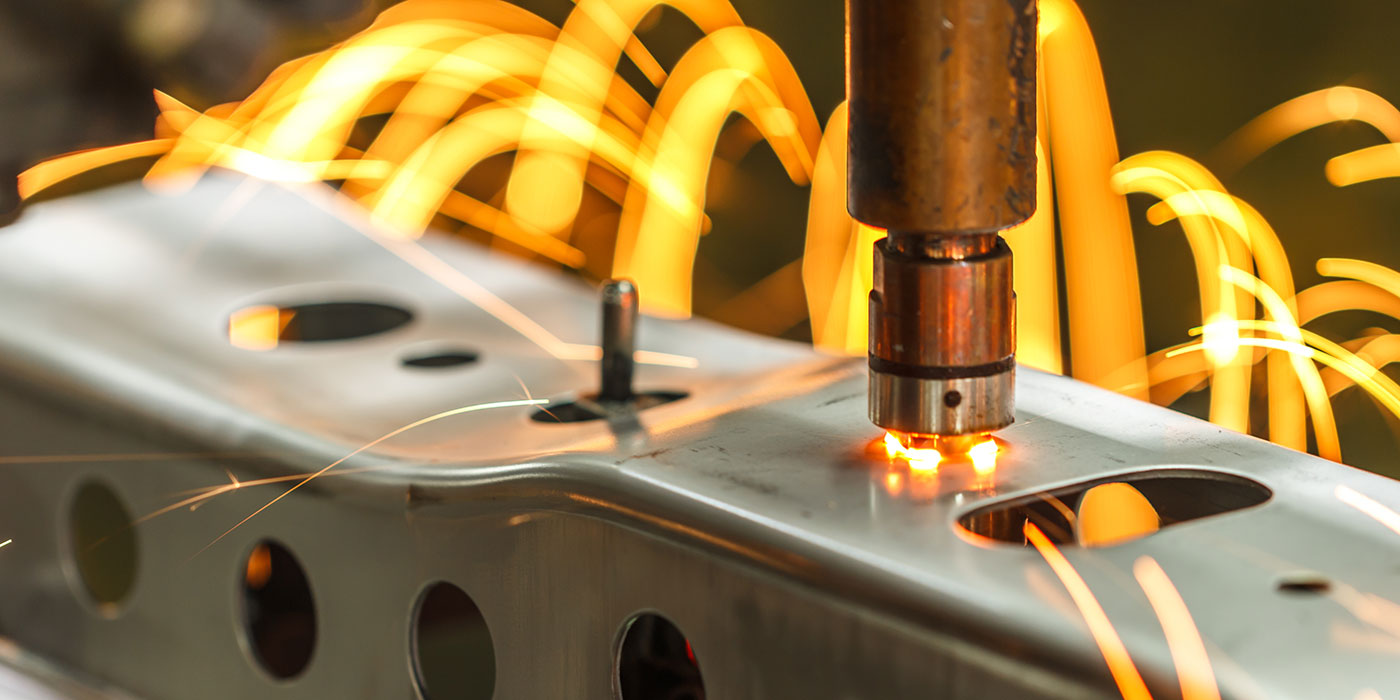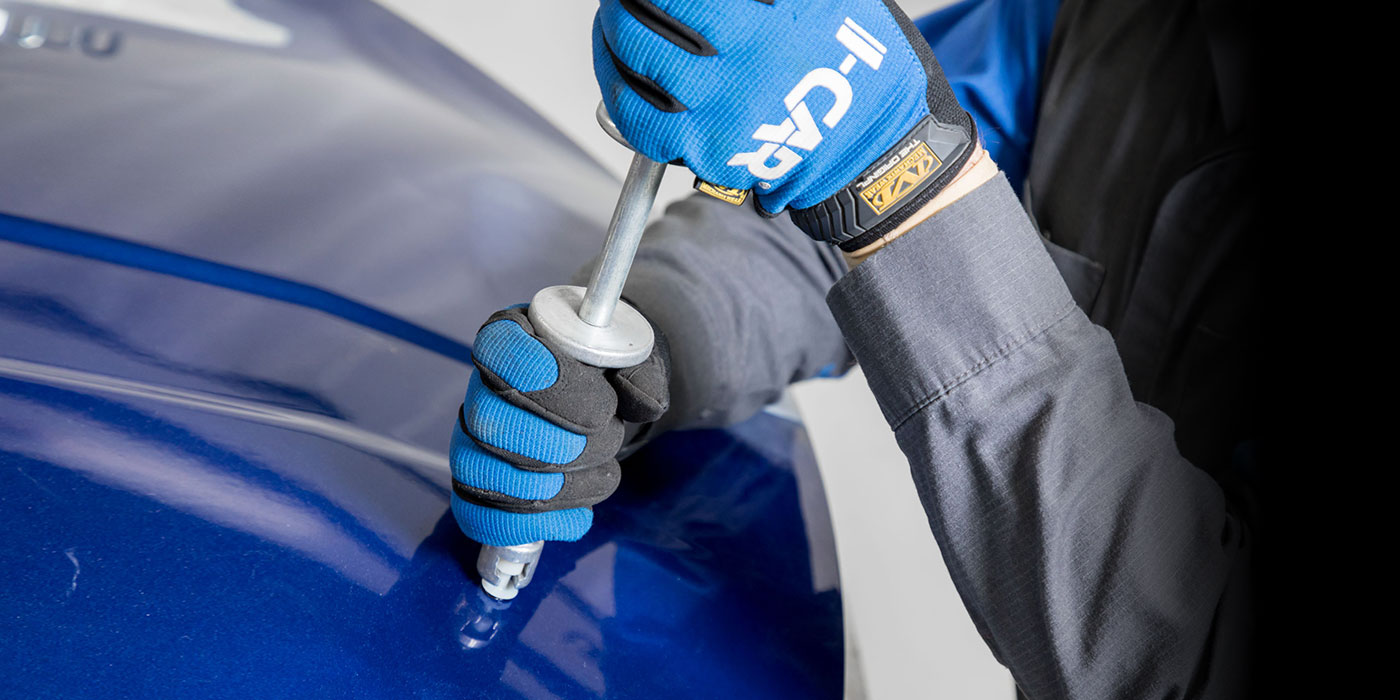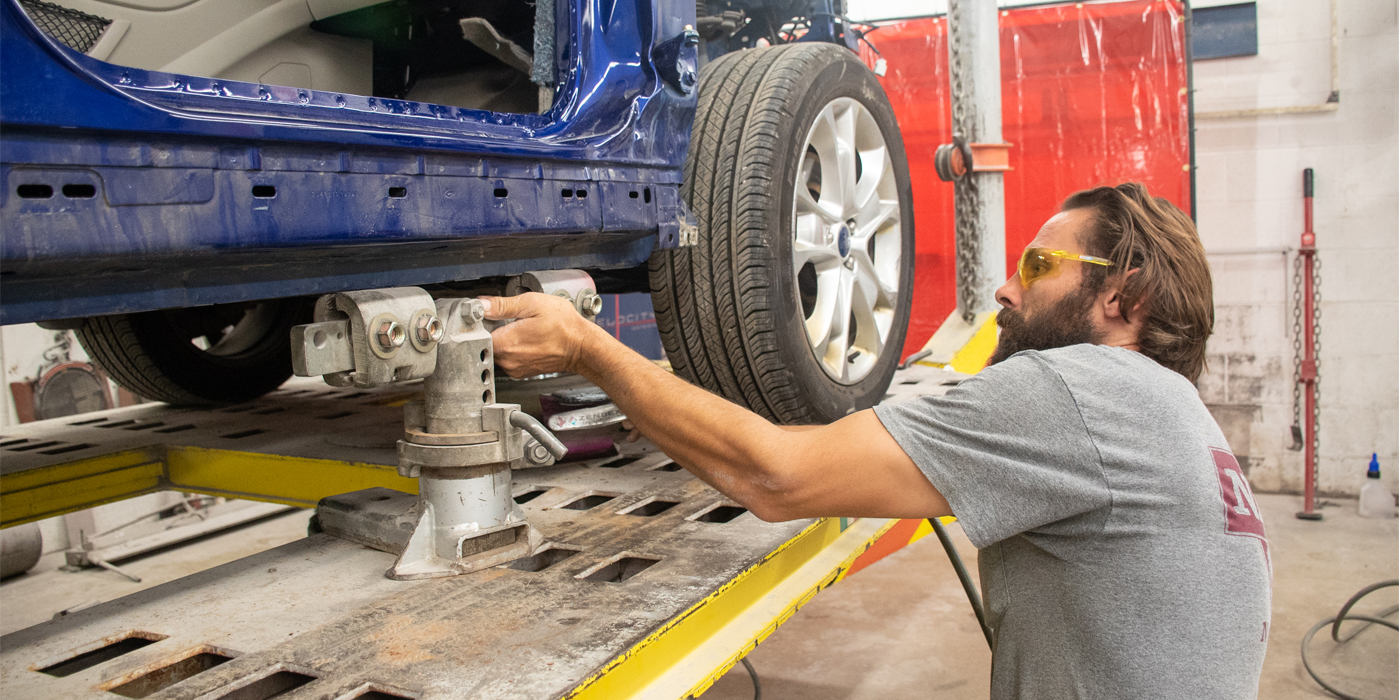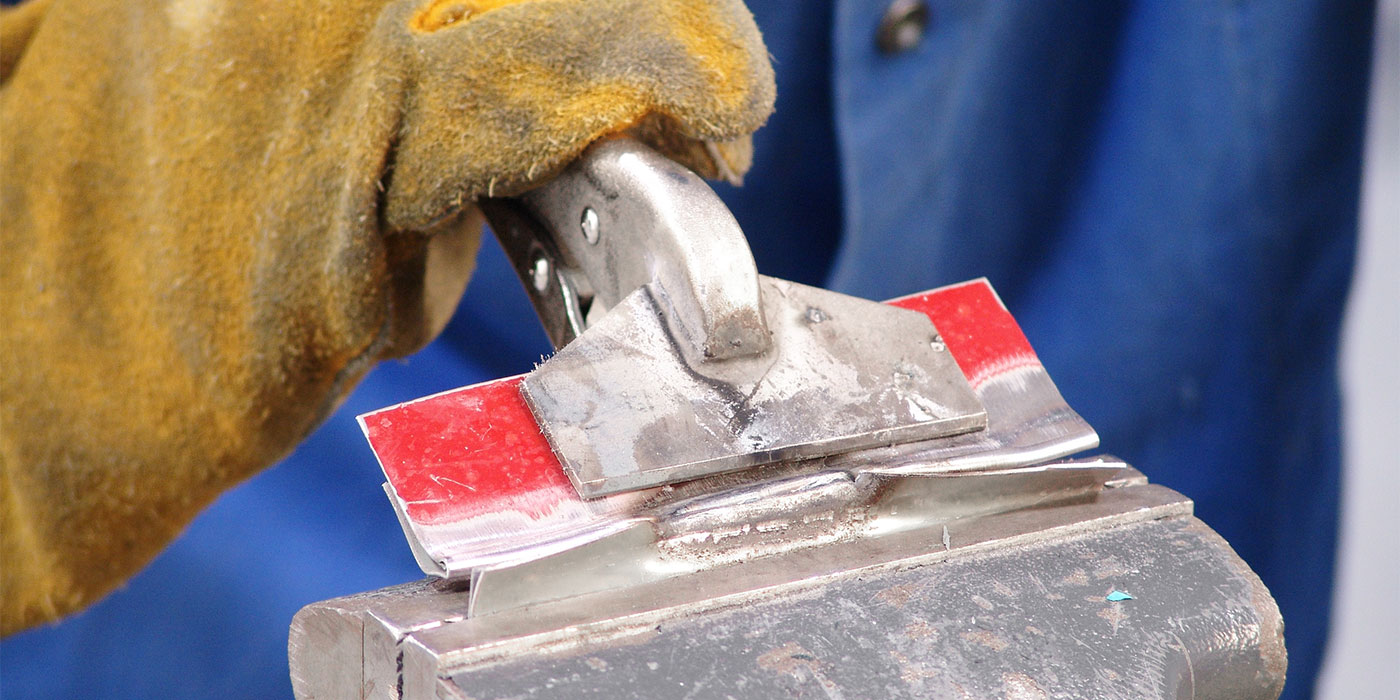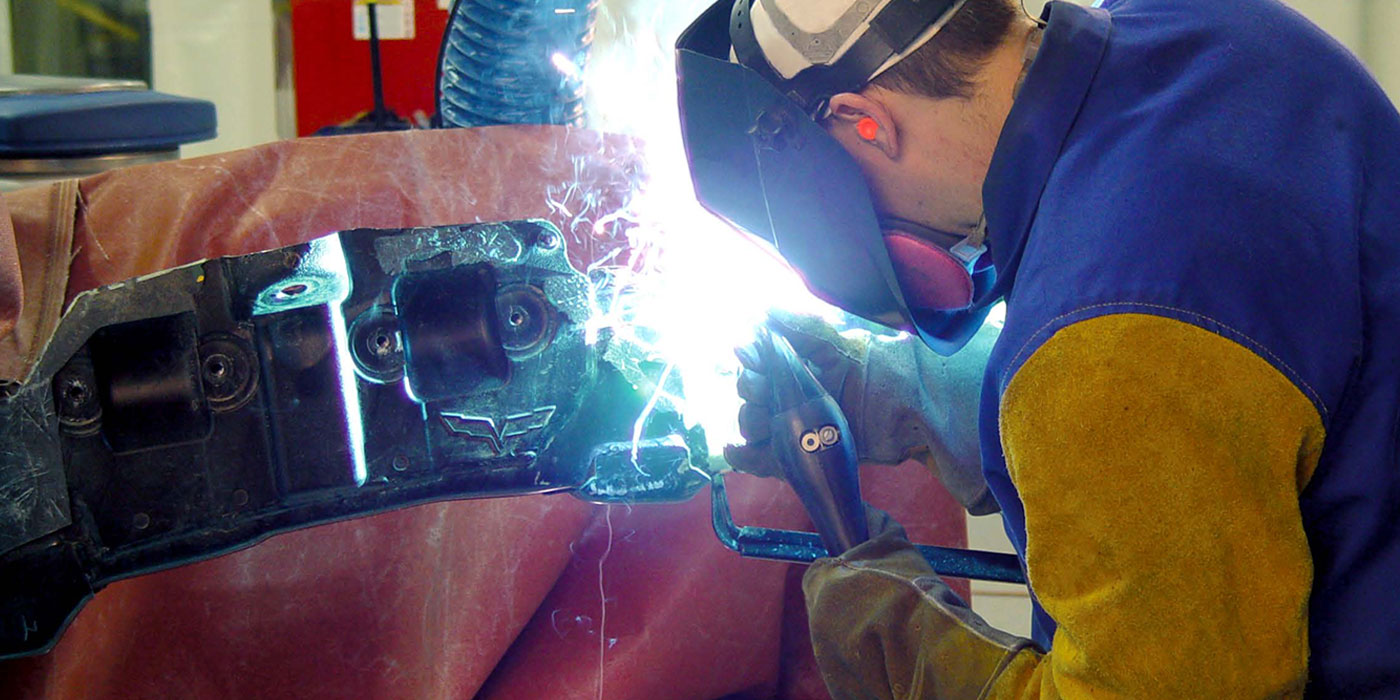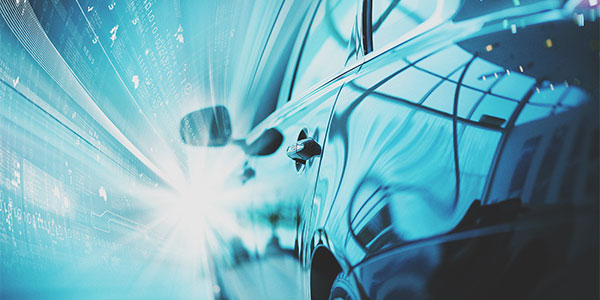Rivet bonding is a growing technical area of collision repair work. To equip BodyShop Business readers with the basics, we turn to Bud Center, director of Technical Products and Curriculum for I-CAR, for this helpful overview.
BodyShop Business: What is rivet bonding?
Bud Center: Rivet bonding is the joining of two or more panels with the use of adhesive and rivets. Rivet bonding is a common method of repair when working with cars made of aluminum and when panels of dissimilar metals are joined together.
BSB: Why is it sometimes recommended by automakers?
BC: It is sometimes recommended by automakers due to tool accessibility and their own research into service repairability and the procedure that will result in a complete, safe and quality repair by service technicians.
Aluminum is extremely sensitive to welding, so in some cases the OEMs have developed repair procedures that require rivet bonding in place of welding. The adhesive acts as a barrier and corrosion protection when joining dissimilar metals. If the two dissimilar metals were to make contact, it would result in galvanic corrosion between the parts.
Rivet bonding is more common than weld bonding when working with aluminum due to the extremely high electric power requirements needed to resistance spot weld aluminum.
Some vehicle makers are requiring rivet bonding when replacing ultra-high-strength-steel panels to prevent any weakening of the steel from the heat of welding.
BSB: How do construction materials play into the use of rivet bonding?
BC: A lot of times, rivet bonding is used to join aluminum panels or aluminum and another metal. It is becoming a very common method of attaching two dissimilar metals and other materials.
BSB: What tools are needed?
BC: Some common tools used to perform rivet bonding include:
- Rivet guns/extractors that have a required pulling force to set their required rivets. OEMs generally have specific guidelines for these rivet guns, and they also
- specify which type of rivet is to be used.
- Adhesive gun that is compatible with the adhesive required. This adhesive is sometimes OEM-specific and includes strict repair procedures that need to be followed.
- Aluminum clean room, when working with aluminum.
- Dedicated aluminum tools and equipment.
- Explosion-proof dust extraction.
BSB: Why is it important to follow OEM procedures?
BC: OEM procedures are the best source of information for repairing any vehicle. You also want to check the procedures before repairing every vehicle because otherwise you don’t know if the procedures have changed since the last time you performed the same repair on a similar vehicle.
Documenting the OEM procedure used is also important so you can prove you followed the correct procedure at the time of the repair.
The OEM procedures will also specify what bonding method is to be used in case it’s different from that which came from the factory, along with which rivets and adhesive is to be used.
OEM proper procedure and guidelines are a must while performing any type of vehicle repairs.
BSB: How is it different from other attachment methods like adhesive bonding?
BC: Adhesive bonding is a procedure that uses adhesive alone to form the bond versus using adhesive and rivets (rivet bonding) or adhesive and spot welding (weld bonding).
It is important to ensure the replacement panel and all mating surfaces are properly prepped prior to starting the adhesive application process. These adhesives have a strict working time that must be followed. If the panel is not in place and attached before that working time expires, the adhesive must be removed and the process started over again.
For more technical information or to inquire about a specific rivet bonding question, visit I-CAR’s Repairability Technical Support (RTS) portal at https://rts.i-car.com/, which includes an “Ask I-CAR” feature.

